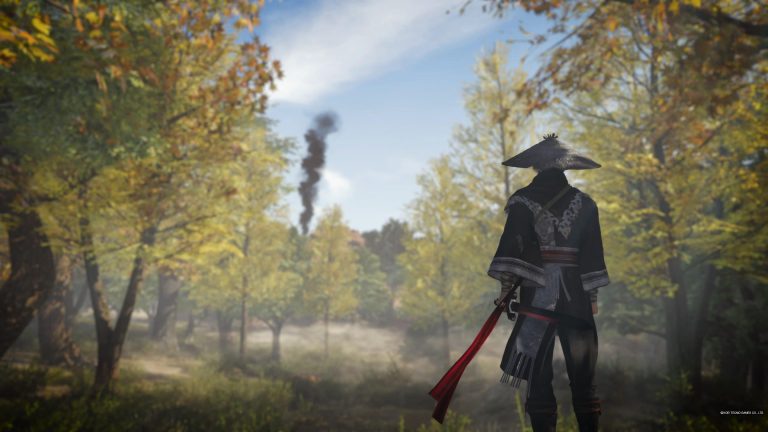“I still vividly recall the moment when my friends and I stumbled upon it at a local video game store. We were instantly hooked by the 3DO version,” recalls Patrick Honnoraty, the current producer of Need For Speed. “Driving through those intense chases with the cops on your tail—it felt revolutionary back then.”
Since that seminal release—The Need for Speed, or as the box declares, Road and Track presents: The Need For Speed—back in 1994, the racing game landscape has transformed in ways few could have envisioned. As a writer born some years after the game’s debut, it’s intriguing to witness its evolution.
Need For Speed is not just a relic; it’s a living franchise, gearing up to celebrate its 30th anniversary next month. These three decades have pruned and reshaped it, with each iteration earning varying levels of admiration from fans. At a recent roundtable marking this milestone, NFS veterans shared insights with VG247 about the series’ journey.
“The path hasn’t always been smooth,” admits Honnoraty. “But what’s crucial is recalling its origins. The Need For Speed started as an accessible and intuitive experience.”
He emphasizes that Need For Speed has endeavored to remain true to this original blueprint. “Even today, it’s easy to dive into, unlike some other racing games. It’s a doorway for anyone willing to step in.” Staying relevant with the pulse of car culture is equally vital. “People like Bryn [Alban] and Frankie [Yip] are always on the lookout for emerging trends to blend back into the game.”
Recalling missteps, he notes, “Times when we downplayed customization, those were probably the franchise’s rough patches. When players couldn’t tweak their rides, it showed.”
As the series morphed—from casual spins to the adrenaline-fueled street races of Underground and Most Wanted, to experimental avenues with Prostreet and The Run, then shifting hands between Criterion and Ghost Games—its identity has taken on myriad forms. So, what’s the take in November 2024?
“Our biggest hurdle now is the franchise’s age and multiplicity,” Honnoraty states. “So many variations and favorites! Just listen to fans—they’ll tell you time and again which title ranks supreme and why.”
He recalls, “During EA Play for Need For Speed Payback, folks at the booth had diverse reactions. Some were reminded of Most Wanted, while others felt nostalgic for Underground. It’s bewildering how the same game evokes different memories.”
People hold onto the feelings these games gave them. Some skipped titles, returning for others. Honnoraty notes the challenge in reconciling these varied emotional legacies, revealing “It’s a daily task for John [Stanley, Criterion senior creative director] and me. We think we might be close to a breakthrough.”
Vehicle art director Bryn Alban adds, “Need For Speed means different things to different people. Meeting everyone’s expectations, especially around car customization, is daunting. It’s a balancing act that seldom satisfies everyone completely.”
While player feedback is invaluable, long-time NFS contributor Justin Wiebe, from Ripple Effect, warns against trying to appease all. “Craft something too broad, and it speaks to no one,” he explains. “We must uphold a clear vision, progressing what fans love about Need For Speed.”
Recalling bold decisions, he mentions Prostreet’s detour into track racing with, “No story, no cops—it was a leap, promoting car culture in a new light. That focus sometimes divides players, but it’s often for the best.”
Such strategic shifts continue to shape present and future games in the franchise, with fresh iterations exploring untouched terrain.
“Recently, we revisited the thrills of Hot Pursuit with Rivals, toyed with an Underground revival, and explored thematic depth with Heat and Payback. We encapsulated the rewards of Heat and evolved them into Unbound,” Honnoraty remarks. “Racing remains core, though experimentation is inherent—even if not everything clicks with players.”
“We’ll always push boundaries,” he promises. “That’s what keeps our engines running full-throttle.”









![[PS5] Review of Choice of Life: Wild Islands [PS5] Review of Choice of Life: Wild Islands](https://www.nogameover.net/wp-content/uploads/2025/07/PS5-Review-of-Choice-of-Life-Wild-Islands-360x180.jpg)




































